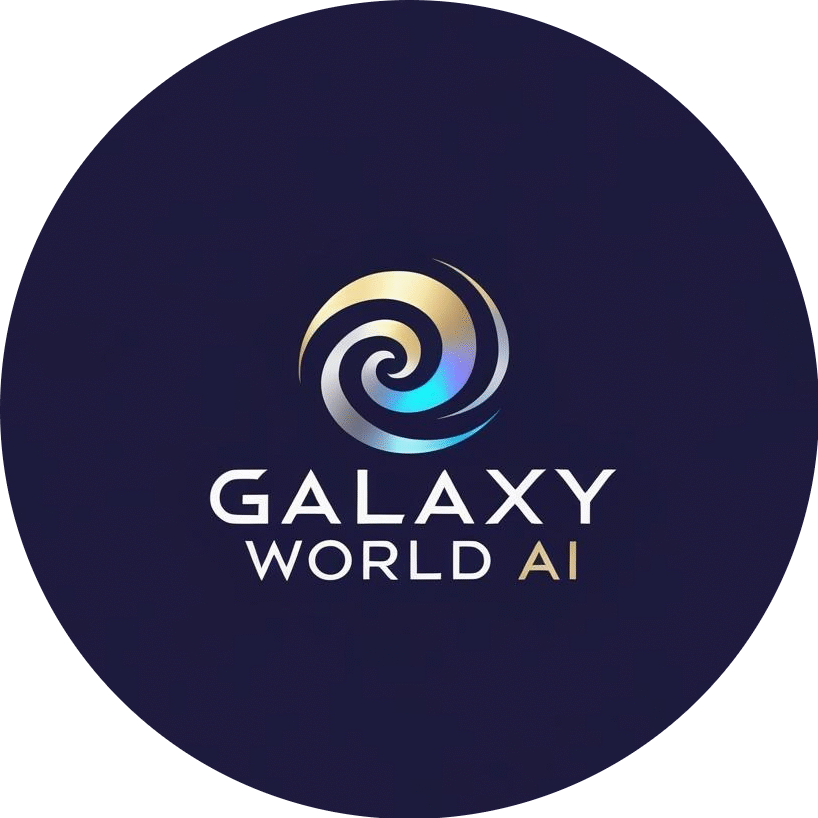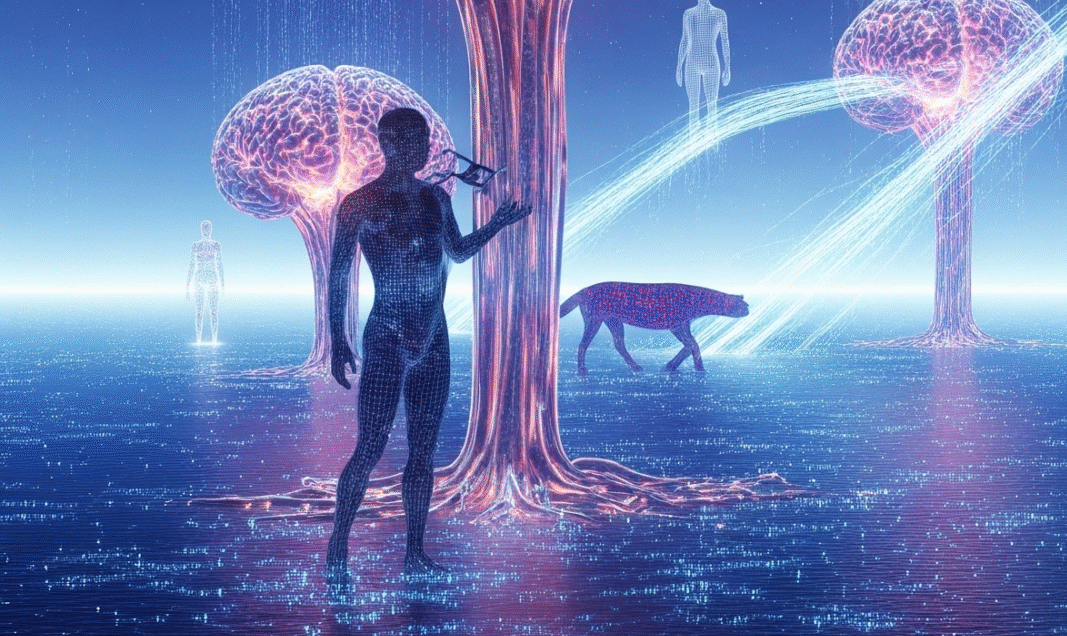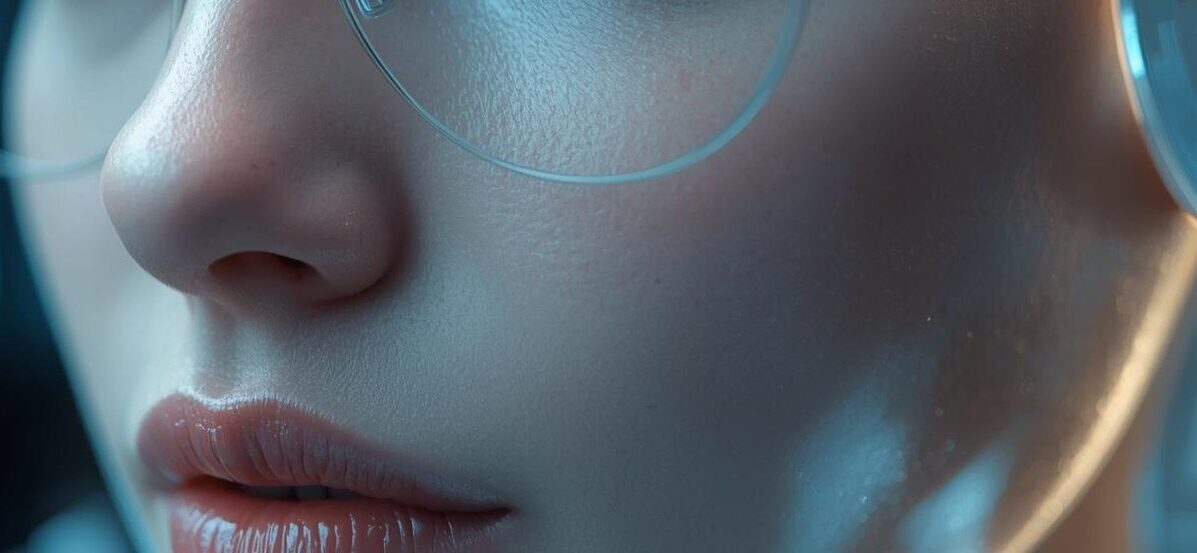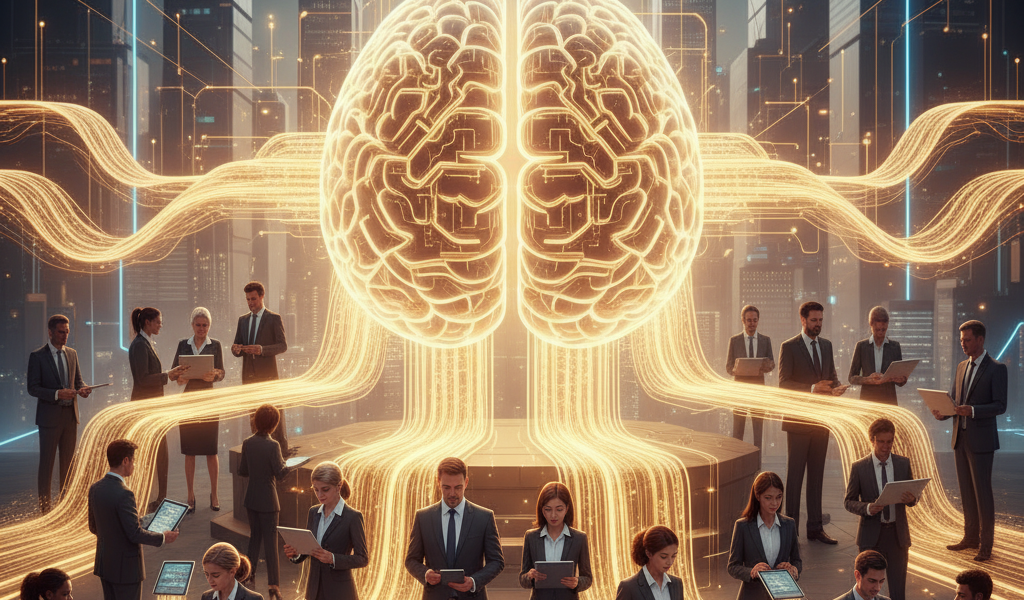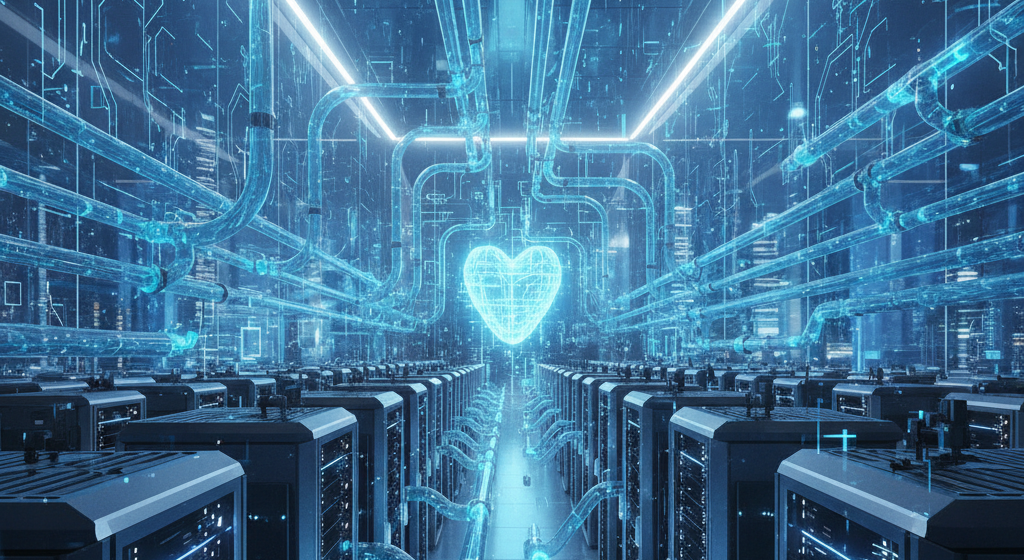A Dog That Never Existed – The Hook
I remember the first time I showed my mom a picture created by an AI. It was a photorealistic image of a golden retriever wearing sunglasses, riding a skateboard down a sunny street. She laughed, shook her head, and asked, “But whose dog is that?” The truth? No one’s. The dog never existed—it was born out of pure imagination, not pixels from a camera. That, in a nutshell, is the magic of Generative AI.
From Filters to Creators – How Generative AI Stands Apart
For years, we thought of artificial intelligence as something that analyzes and understands. Think about your email’s spam filter—it doesn’t write emails, it just decides what’s junk and what’s important. Generative AI flips the script. It’s not only spotting the cat in the photo; it’s inventing a brand-new cat, maybe one wearing a tiny hat, sipping tea, and reading the morning newspaper. Suddenly, AI isn’t just a filter—it’s a creator.
Prediction as Creativity – The Core Concept
So, how does this sorcery work? At its heart, Generative AI is what I like to call a “supremely talented prediction machine.” Imagine a master chef who’s tasted millions of recipes over a lifetime. When you ask them for something unusual—say, a chocolate-and-chili dessert—they don’t copy from a cookbook. They predict what flavors, textures, and techniques might combine into something delicious. Generative AI does the same with data. Instead of recipes, it’s learned patterns in text, images, sounds, and even code. When you ask, it predicts what should come next, and voilà—a new creation is born.
Behind the Curtain – The Simplified “How”
Behind the curtain, the mechanics are fascinating, but let’s keep them human. For text, there are Large Language Models (LLMs). They’ve read mountains of text and learned the “grammar” of human conversation. That’s why ChatGPT can help you brainstorm a poem or draft a tricky email—it knows the rhythm of our words. For images, there are engines like Diffusion Models or GANs (Generative Adversarial Networks). Instead of brushes and paint, they work with patterns and probabilities, learning the visual “grammar” of what makes a face a face, or a sunset a sunset. It’s less about memorizing and more about intuiting—like an artist who sees structure in chaos.
You’ve Already Used It – Everyday Examples
And here’s the fun part: chances are, you’ve already used Generative AI without realizing it. That autocomplete suggestion when you type a text message? That’s a tiny taste of prediction at work. The “smart compose” feature in Gmail, gently finishing your sentence? Same idea. Maybe you’ve tried GitHub Copilot, which whispers lines of code to developers, or an AI art tool like DALL-E or Midjourney to whip up a custom illustration. These aren’t science fiction—they’re everyday tools quietly enhancing our lives.
A Crucial Nuance – It’s Not “Thinking”
Now, here’s an important nuance: despite the magic, this isn’t real thinking. Generative AI doesn’t “understand” in the way humans do. It doesn’t feel the warmth of a dog’s fur or the thrill of skateboarding downhill. It’s pattern-matching at an extraordinary scale—sophisticated, yes, but not conscious. Acknowledging this doesn’t diminish the wonder; it grounds it.
The Road Ahead – Future Possibilities
Looking forward, the potential is staggering. Imagine students learning math with personalized AI tutors that adapt to their pace. Picture scientists accelerating drug discovery by generating molecular structures in weeks instead of years. Envision artists collaborating with AI to spark new styles, or entrepreneurs prototyping products in hours. Generative AI is a creativity multiplier—fuel for ideas we haven’t yet dreamed.
Power with Responsibility – The Human Role
But with great power comes, well, responsibility. These systems inherit the biases of the data they’re trained on. Left unchecked, they can reinforce stereotypes or spread misinformation. That’s why human oversight matters—not to stifle the creativity, but to guide it, to ensure it serves us ethically and inclusively.
The Takeaway – AI as a Creative Partner
So, here’s the takeaway: Generative AI isn’t here to replace us. It’s here to amplify us, to be that imaginative collaborator who never gets tired, never runs out of ideas, and never says, “Sorry, I’ve got writer’s block.” If we approach it thoughtfully, it can be the spark that lights up whole new frontiers of human creativity.
And maybe—just maybe—the next time my mom asks whose dog is riding the skateboard, I’ll say, “It’s ours, mom. We dreamed it up together—with a little help from AI.”
